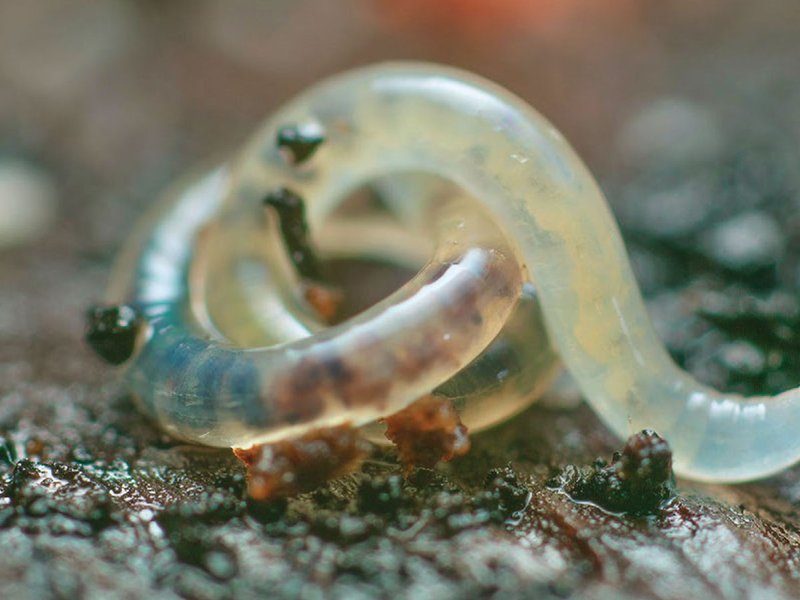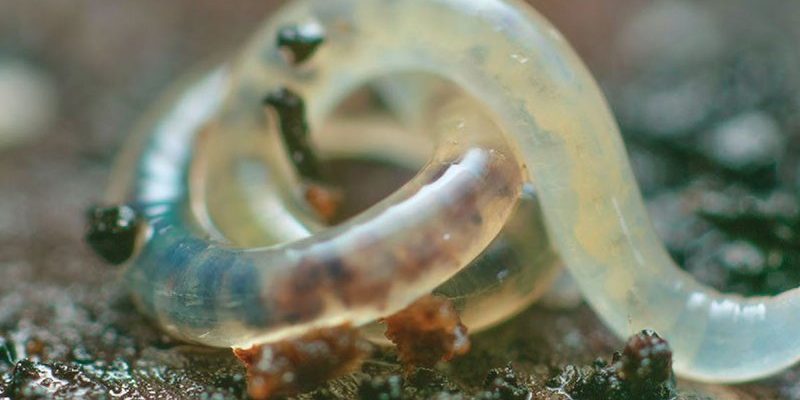
In this exploration of the documented range and distribution of enchytraeid species worldwide, we’ll dive into where they hang out, how they thrive in different environments, and why they matter to both nature and agriculture. Think of them as the unsung heroes of the underground—working tirelessly to support the ecosystems we rely on every day. Let’s dig into this mini-world and see what makes enchytraeids so special.
What Are Enchytraeids?
Enchytraeids are small, segmented worms belonging to the family Enchytraeidae. They often measure just a few millimeters long, making them much smaller than their earthworm cousins. These creatures have a simple structure but play a complex role in soil health and nutrient cycling.
Here’s the thing: while they might not be as popular as earthworms, enchytraeids contribute significantly to breaking down organic material. They help decompose plant and animal matter, turning it into valuable nutrients for other organisms. This is essential for maintaining the soil’s fertility and structure.
You might be wondering about their habitats. Enchytraeids are incredibly versatile and can be found under a variety of conditions, from sandy soils to peat bogs. Their adaptability allows them to thrive in many ecosystems, which we’ll explore further.
Global Distribution of Enchytraeids
When we talk about the global distribution of enchytraeid, it’s important to highlight their presence in diverse environments around the world. These worms have been documented in North America, Europe, Asia, and even parts of South America. Their range often reflects the local climate and soil conditions.
Typically, enchytraeids prefer moist habitats. This is why you’ll find them living in damp forest floors, grasslands, and wetlands. Interestingly, many species are also found in urban areas, showing just how adaptable these little worms can be. They often thrive in compost heaps, where they play an important role in recycling organic waste.
Research has revealed over 200 species of enchytraeids, with new ones still being discovered. This means that as scientists explore different ecosystems, they often find unique enchytraeid species suited to specific environmental conditions.
Importance of Enchytraeids in Ecosystems
You might be curious about why enchytraeids matter so much. Simply put, they are vital for healthy soil ecosystems. By breaking down organic matter, they help release nutrients back into the soil. This process enhances soil fertility, making it easier for plants to grow.
In addition, enchytraeids improve soil structure. Their burrowing activities create channels in the soil, allowing air and water to penetrate more easily. This is important for root development and overall plant health.
Moreover, they serve as food for various animals. Birds, insects, and even some mammals rely on enchytraeids as a food source. Their role in the food web showcases their importance in maintaining biodiversity.
Enchytraeid Species and Their Habitats
Now let’s get into some specific enchytraeid species and their preferred habitats. Each species has unique adaptations that allow it to thrive in its environment.
For example, E. albidus is commonly found in temperate forests and is prized for its role in composting. This species prefers rich, organic soils and can often be found in decaying leaves and compost piles. On the other hand, Mesenchytraeus solifugus is often seen in peat bogs, where the waterlogged conditions make it a suitable home.
These specialized habitats not only provide protection but also influence the worms’ diet and life cycle. Understanding these species and their preferences helps researchers assess soil health in various ecosystems.
Research and Conservation of Enchytraeids
As we learn more about enchytraeids, researchers are looking into their conservation. Changes in land use, climate change, and pollution can significantly affect their populations. Some species are more sensitive to environmental changes, making them indicators of soil health.
A notable project aimed at studying enchytraeid populations involves soil sampling from various ecosystems, ranging from agricultural lands to untouched forests. By analyzing these samples, scientists can track changes in populations and assess the overall health of the environment.
Conservation efforts are crucial, especially in areas where natural habitats are being threatened. Protecting enchytraeids means safeguarding the intricate web of life they support.
The Future of Enchytraeid Research
What’s next in the world of enchytraeid research? Experts are motivated to explore further, with ongoing studies examining their responses to climate variation and pollutants. This will help us understand how these tiny creatures adapt to changes and what that means for the ecosystems they inhabit.
Additionally, scientists are investigating the genetic diversity of enchytraeid populations. Exploring their genetic makeup can offer insights into their evolutionary history and how adaptations have evolved over time.
As we unlock more about these fascinating worms, we gain a better understanding of our ecosystems. The story of enchytraeids is still being written, and continued research will play an essential role in maintaining biodiversity and soil health.
Enchytraeids may be small, but their impact is anything but tiny. As crucial players in our soil ecosystems, they’re essential for nutrient cycling and maintaining soil structure. Their global distribution highlights their resilience and adaptability in various habitats.
By understanding the role of enchytraeids, we can appreciate the complex and interconnected web of life beneath our feet. As research into their species and conservation continues, we will uncover even more about these remarkable worms and the vital services they provide. So next time you dig into the dirt, remember the enchytraeids quietly doing their part to keep our world thriving.

